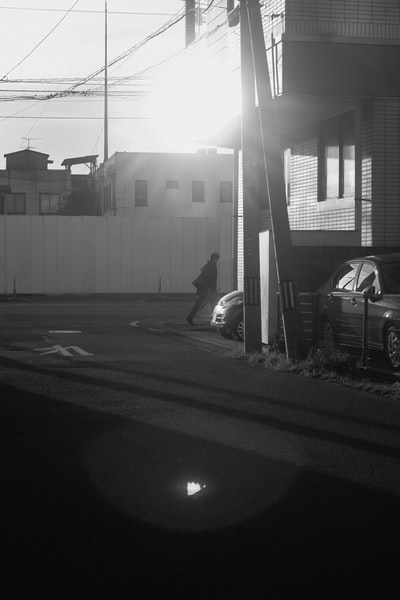
Imagine you wanted to project an image from a lamp box through a converging lens and onto a white screen. If the object is at a certain distance from the lens which is positioned further away than the principal focus then the location of the screen will have to be adjusted until the image of the object on the screen is clear. The image is a real image because it’s created when the light rays meet together.
If the object is far away from the lens then the image formed is at the principal focus. As the object is moved closer to the lens (and the principal focus) then the white screen must also be moved back further in order for a clear picture to be produced. The closer the object gets to the lens, the bigger the image produced.
When the object is closer to the lens than the principal focus then the virtual image is magnified. However, to see the image you need to look through the lens from the opposite side to where the object is. The lens is now acting like a magnifying glass.
——————————————————
Ultrasound

One of the best well-known is ultrasound scanning. An ultrasound scan can be used to look at a baby growing in a womb or to scan body organs. Ultrasonic pulses are sent out from a probe. Pulses deflected back are detected. When the probe is moved around a whole image can be created. For example, if it’s moved around the stomach of a pregnant woman it can create an image of the baby.
Ultrasound can also be used for industrial purposes. For instance, on metals to look for internal cracks called flaws. Ultrasonic pulses are sent out from an ultrasonic transmitter as it’s moved along the metal. If there’s a flaw then pulses will be deflected back along the boundary it’s lying on.